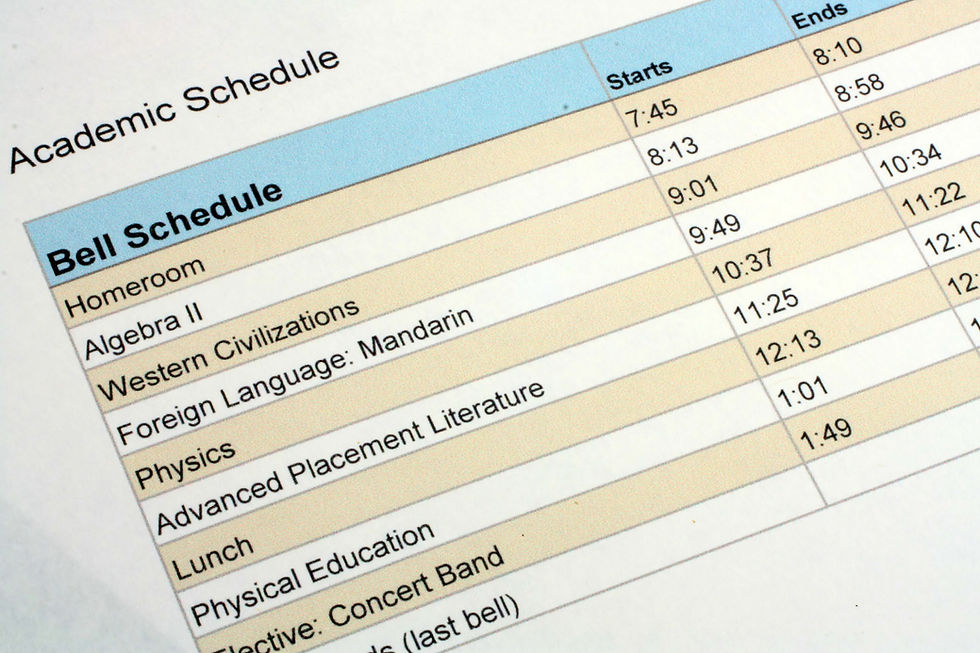Tips for researching colleges from home - Part 1: Academic Fit
- Alison Merzel

- Mar 23, 2020
- 3 min read
While visiting a campus in person is certainly going to give you the best idea as to whether you can see yourself enrolling as a student there, this step is not necessary at the beginning of the college research process. There are many resources online to help you begin to narrow your list of schools. I am going to give you some guidelines for how to research schools, but I am going to break this blog into a few posts so it is less overwhelming. I have mentioned in previous posts that you want to find a school that meets your academic, social, and financial needs. Here are some tips for assessing academic fit.
Academic Fit - When colleges evaluate your application, they look at the rigor of your high school academic record, your academic performance (grades), sometimes your class rank, and your standardized test scores (if used). Colleges and universities have a profile of every high school and are aware of the number of AP or IB classes that are available. If you do not earn an unweighted GPA, they will likely calculate one for you. Similarly, if you do not have a class rank and this is important to them, they will find out where you rank relative to your classmates.
When you look at schools, you will find class profile data presented in a variety of different ways:
Mean/Average GPA
% of students with a 3.75 GPA or higher, 3.5 - 3.74, etc.
% of students in the top 10% or top quarter of the class
Average SAT or ACT scores
middle 50% range for SAT or ACT scores
% of students performing above or below a particular SAT or ACT score
It can be difficult to look at schools if you have no idea where you fall within the GPA and test score ranges. You do have your current GPA to date and you may have a PSAT score. If you have not yet taken any standardized test and you are unsure whether the schools you are considering may require them, I encourage you to take a timed full-length practice test at home. While this may just give you a baseline score and may not reflect your ultimate test score, it is at least a starting point and a piece of data you can use to see where you might fall within the ranges of potential schools.
Remember that schools do not take just one GPA or just one SAT or ACT score - you have to look at the full picture and recognize that there are admitted students who fall in all ranges. The data at least give you a sense of whether you might be in the middle of the pack, at the bottom or at the top.
So, where do you begin?
Of course if you have schools in mind already, visit their websites directly and research their admission requirements and class profiles. If you are looking for a site that will help you generate a list, try College Navigator. This site is offered by the National Center of Education Statistics and enables you to select various parameters and create a starting list. It is likely going to include schools you might never be interested in considering, but it can't hurt to start big and narrow down from there.
Don't hesitate to contact me if you are looking for additional guidance - I am happy to help! More to come on researching colleges soon!



